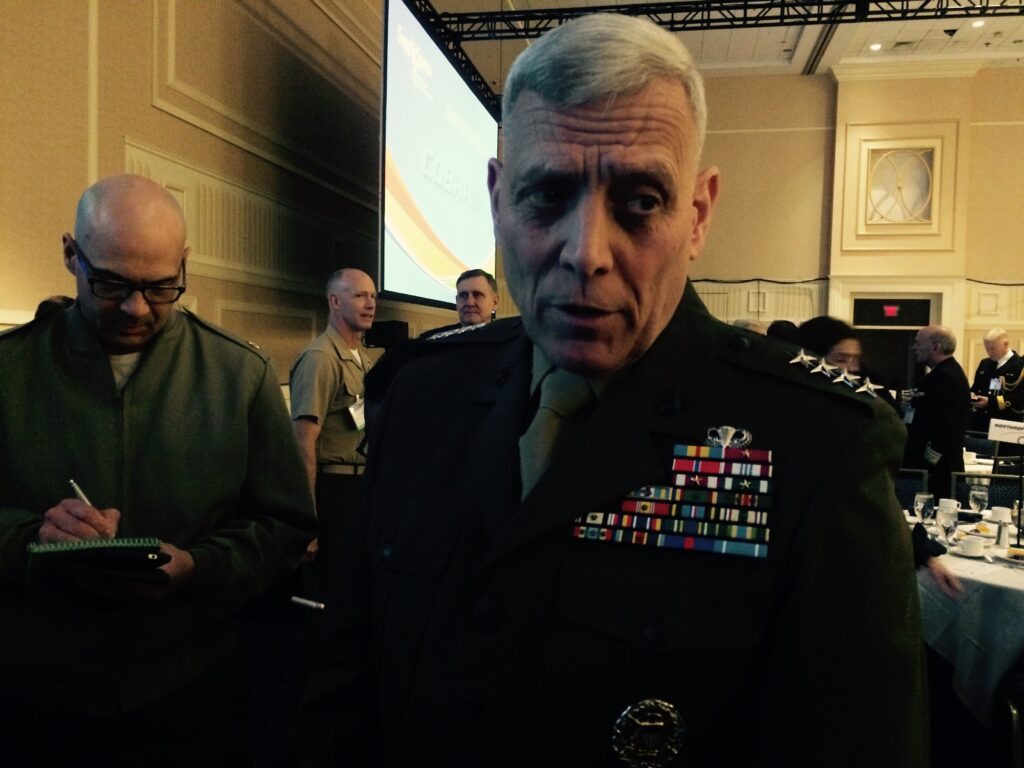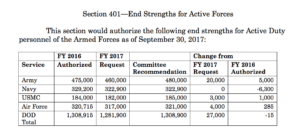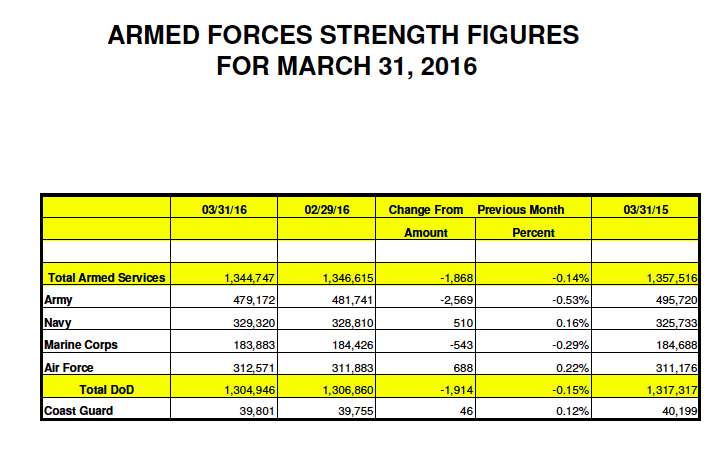
Gen. John Paxton at Sea-Air-Space this morning.
UPDATED with Hill action NATIONAL HARBOR, MD: The Marine Corps wants to stop shrinking and start growing. Legislation being considered on Capitol Hill would reverse ongoing cuts to the smallest service’s ranks. What’s more, the No. 2 officer in the entire Corps, Assistant Commandant Gen. John Paxton, made clear this afternoon that he hoped the force would ultimately grow beyond the 186,800 target set by a study under then-Commandant Gen. James Amos.
“186.8 was our optimal number four years ago,” Gen. Paxton told reporters after a speech to the annual Sea-Air-Space conference. “That was before Ukraine, before Syria, before South China Sea, before WikiLeaks. So to us 186.8 is about the floor….The number may be north of there.”
As of March 31st, there were 183,883 active-duty Marines. Under current plans, “we’re on our way to 182[,000] now. There is language in at least two of the committees about buying back 3,000 there,” Paxton said. “But we’d like to get more of the 186,8[00]. We believe that that’s the number we need and that will allow us to retain the conventional force capability — which we have to have to go into Afghanistan to do the counter-ISIL fight, to be around the world — and also simultaneously develop some of those new skills and capabilities” such as cyber warfare.
[UPDATE] The House Armed Services Committee called for a Marine Corps of 185,000 in its draft of the annual defense policy bill, as opposed to the administration’s request for 182,000. HASC also wanted an Army of 480,000, compared to a request for 460,000, and an Air Force of 321,000, versus a requested 317,000. It didn’t change the Navy.
Their Senate counterparts, the SASC, passed no comparable provision, leaving military endstrengths unchanged from the 2017 budget request. [UPDATE ENDS].

Table from House Armed Services markup of 2017 National Defense Authorization Act.
Similar legislation has been introduced for the Army, a much bigger service with, arguably, a much bigger shortfall. The smaller Marine Corps’ smaller needs are much more affordable, however, and the Marines are historically much more effective on Capitol Hill than the Army. Unlike the Army, the Marine Corps generally gets what it wants — which means Paxton’s proposed numbers may actually materialize.

Defense Manpower Data Center (DMDC) figures
‘Poisoned’ data could wreck AIs in wartime, warns Army software acquisition chief
“Any commercial LLM that is out there, that is learning from the internet, is poisoned today,” Jennifer Swanson said, “but our main concern [is] those algorithms that are going to be informing battlefield decisions.”


























